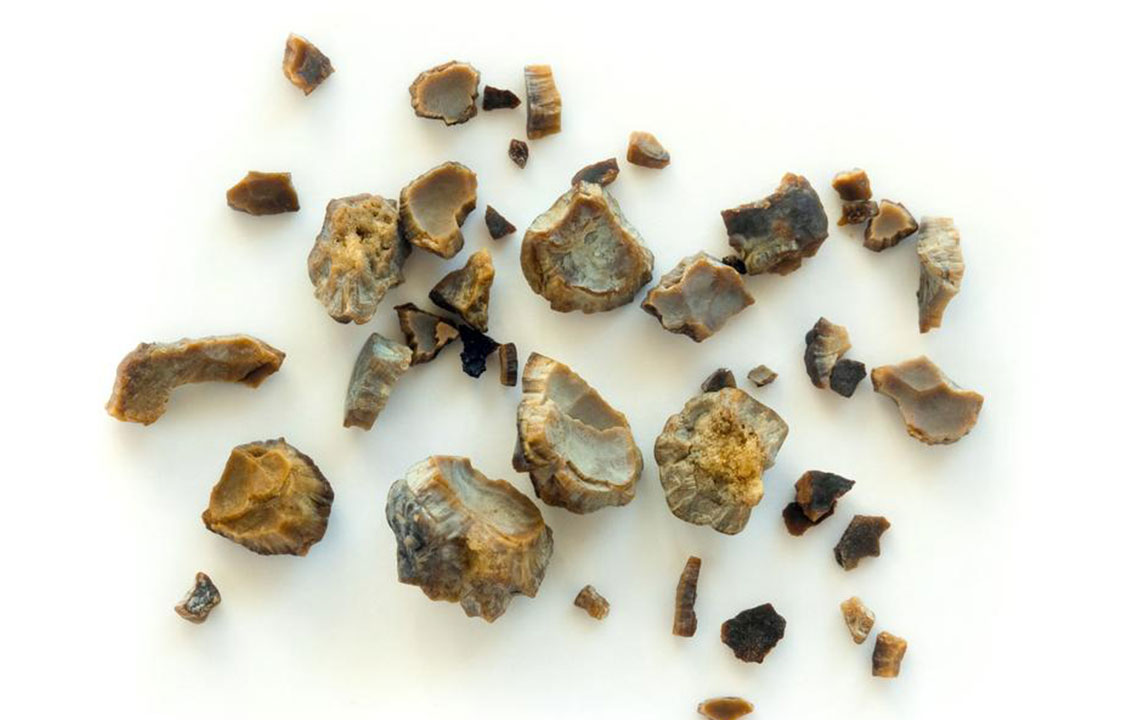Understanding Uric Acid Stones: Causes and Treatment Strategies
Uric acid stones form when uric acid levels become elevated or urine pH drops below 5.5. Causes include genetics and high purine diets. Treatment involves hydration and medical intervention for larger stones. Awareness helps prevent recurrence and complications.
Sponsored

Uric acid stones are mineral crystal formations that develop within the urinary system or kidneys. They occur when uric acid levels rise significantly or when urine becomes overly acidic with a pH below 5.5. If untreated, these stones can lead to serious health issues, including infections and blockages.
Factors Behind Uric Acid Stone Formation
Genetic factors, such as a family history of gout, can increase uric acid levels and the risk of stone formation.
High intake of purine-rich foods like red meat, seafood, and organ meats contributes to increased uric acid levels.
People who are overweight, diabetic, or undergoing chemotherapy are more susceptible to developing uric acid stones. A diet high in purines from meats such as pork, beef, and fish also elevates risk. However, individual predispositions vary, and not everyone consuming such diets develops stones.
Small stones (less than 7mm) often pass naturally without intervention. Nevertheless, proactive treatment is essential to prevent recurrence. Increasing water intake—at least three liters daily—helps dilute uric acid and reduce stone formation. If stones persist or cause complications, medical procedures may be necessary to remove them and restore urinary flow.






